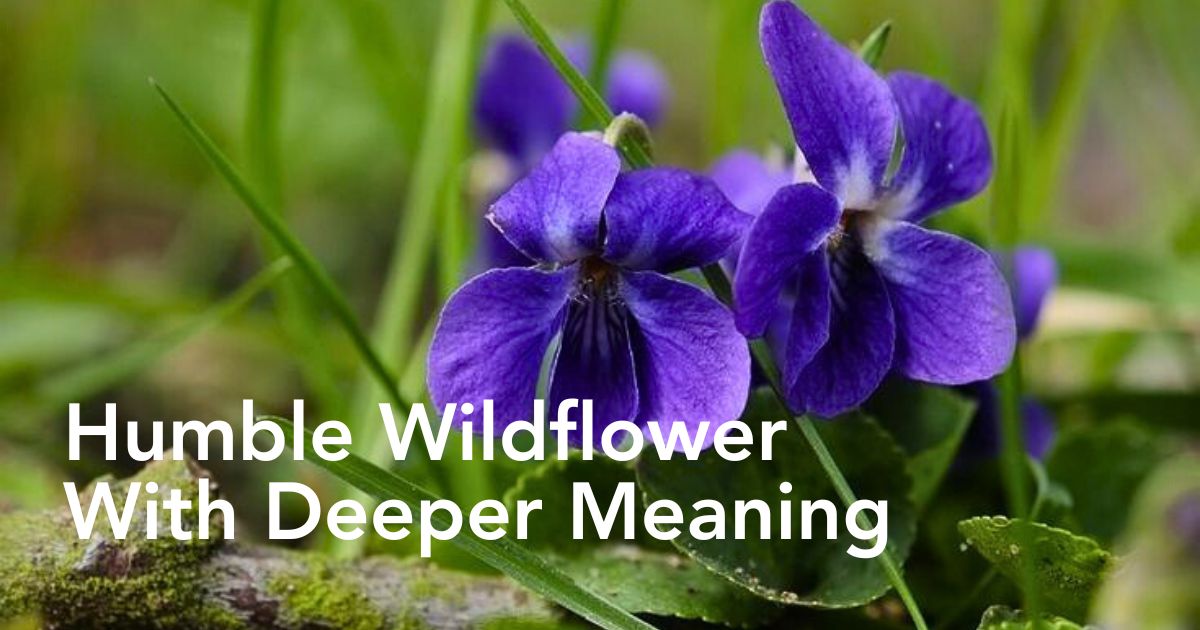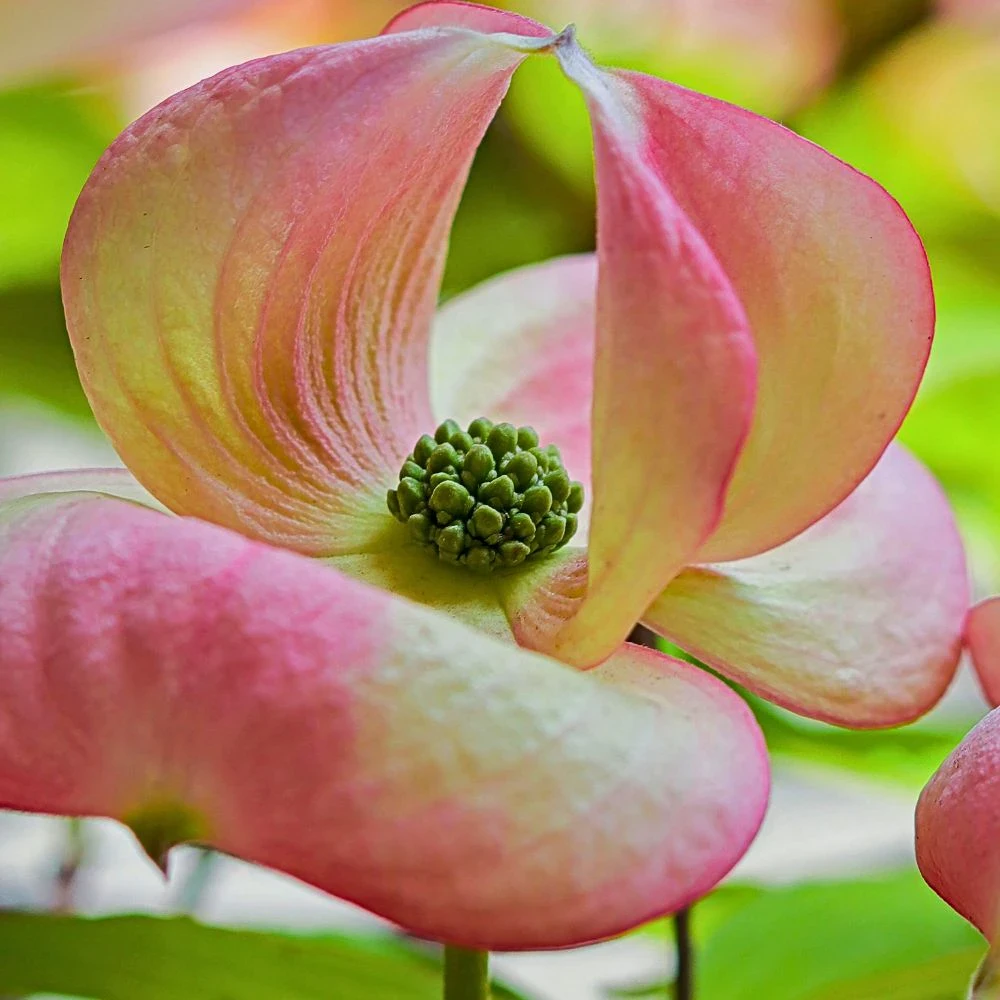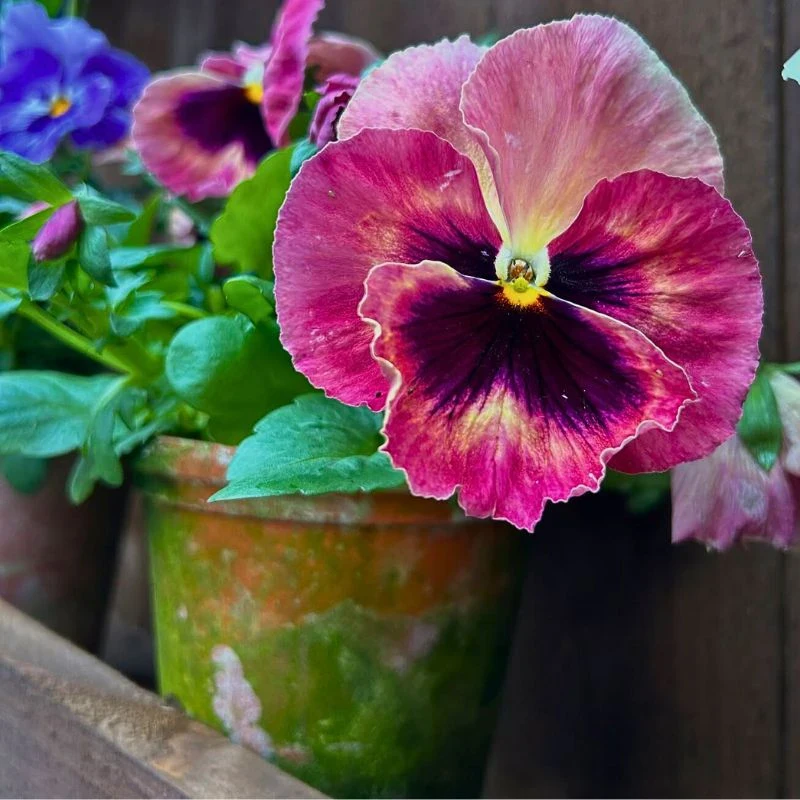New Jersey is known for its beautiful resort towns, the world's longest boardwalk (Atlantic City), casinos, and the Turnpike, a major thoroughfare providing access to various localities in the state. But there’s something else you might want to know about this ‘Garden State.’
While New Jersey boasts stunning beaches, historic battlefields, and bustling cities, its official floral emblem is, by all accounts, modest. It is not the flashy rose or the stately magnolia. Instead, it is the violet, quite a humble wildflower carpeting forest floors and garden edges in spring.
New Jersey’s Floral Choice
This state flower of New Jersey (also called Viola sororia) often goes by other names like common blue violet, purple violet, common meadow violet, hooded violet, woolly blue violet, wood violet, or the lesbian flower.

It is a perennial wildflower that might seem like an unusual state flower choice at first glance, especially when compared to the more glamorous selections of neighboring states. However, this small, feisty plant perfectly captures the essence of New Jersey's character and natural heritage.
When (And How) Did New Jersey Adopt Violets as State Flower?
The purple violet became the official New Jersey state flower in 1913, in one of the earliest state floral designations in American history. The New Jersey State Federation of Women's Clubs championed this selection, doing surveys among schoolchildren across the state to determine which flower best represented their home. The violet won, beating other contenders while charming the hearts of young New Jerseyans across the Garden State.

This democratic approach to selecting a state symbol was relatively progressive for its time. Instead of having politicians or committees decide behind closed doors, New Jersey involved its youngest citizens in the process. And the fact that children overwhelmingly chose the violet speaks to its accessibility and widespread presence throughout the state.
The legislature passed a resolution honoring this decision. Still, due to a procedural quirk, the resolution's decree lapsed when the 1914 legislative session commenced, leaving the violet's status in a peculiar state of limbo for several years.

It wasn't until 1971 that New Jersey garden clubs mobilized to rectify this oversight. Their advocacy efforts successfully urged the state legislature to formally designate the common meadow violet as the official state flower of New Jersey. This time, the legislation stuck, and the violet has held its position ever since. The years’ gap between the initial choice and official adoption makes the violet's story one of delayed but ultimately determined recognition.
Notably, this violet is among a select group of other state flowers. Rhode Island, Illinois, and Wisconsin also claim the violet as their official floral emblem, though each state recognizes it within its own cultural and historical circumstances. But New Jersey's designation is particularly special because of its grassroots effort that secured its official status.

Natural History of the Purple Violet in New Jersey
Viola sororia thrives across New Jersey's varied landscapes, from the Pine Barrens in the south to the rolling hills of the north. This adaptable flower flourishes along woodland edges, in meadows, on lawns, and even in urban parks. Its ability to grow in diverse conditions emulates New Jersey's own geographic and cultural diversity.
The purple violet typically blooms its cheerful flowers from March through June, heralding the arrival of spring. Each flower features five petals in shades ranging from deep purple to pale lavender, often with white markings near the center. The flowers sit atop short stems, rarely exceeding six inches in height, while heart-shaped leaves form a low-growing rosette at the base.
This violet is particularly well-suited as the state flower of New Jersey because of its extraordinary resilience. It scarcely demands perfect growing conditions or careful tending; instead, it naturalizes easily, spreading through seeds or underground rhizomes, quite like the revolutionary spirit of New Jerseyans through history, from the early colonial settlers to the immigrants who built the state's industrial nucleus.
Historical Significance and Cultural Heritage
This violet's presence in New Jersey dates back to before 1913. Native Americans, particularly the Cherokee, recognized the plant's medicinal properties and harvested it to treat colds, headaches, and digestive issues; thus, the violet gradually became part of the daily lives of people living in the region, even before official symbolism came into play.
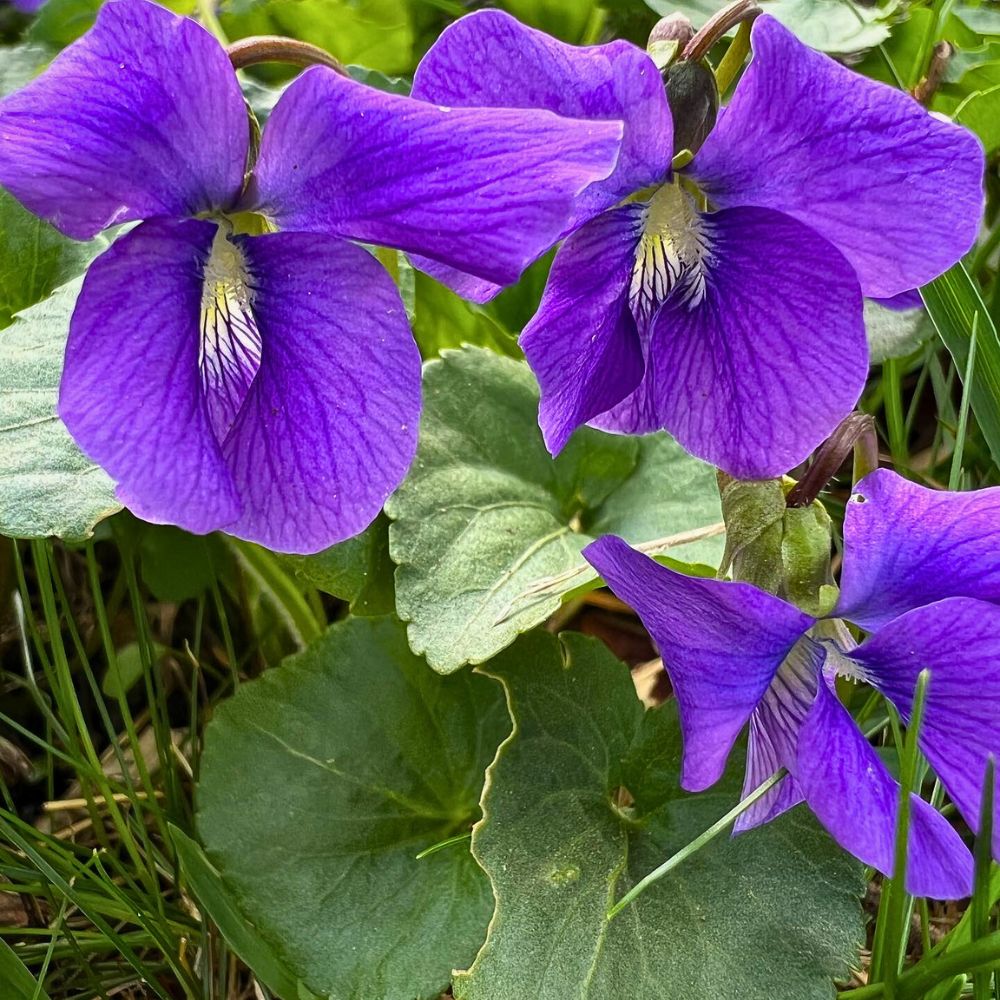
The flower's association with spring renewal also connects to broader cultural traditions. Through history and across various societies, violets have appeared in literature, art, and folklore. In the Victorian era, when the language of flowers was widely used among the upper classes, violets carried specific meanings.
They suggested modesty, faithfulness, and virtue, which are qualities that resonated with the values of that period and continue to inform how people understand the flower. Thus, in New Jersey specifically, the violet became a symbol of the state's agricultural heritage and natural landscape. Its designation as the state flower emphasizes New Jersey's efforts to recognize and preserve its native flora.

Beauty of Simplicity Exemplified by the Common Meadow Violet
While showstoppers and hybridized flowers often run the show, the New Jersey state flower hardly requires ostentation. Its charm lies in its unpretentious nature. You’ll hardly find it commanding attention in formal gardens or competing for space in florist shops. It appears unexpectedly along woodland trails, neighborhood lawns, and tucked in shady corners.
This understated beauty may reflect New Jersey's own character. The state doesn't rely on a single defining feature or landmark to establish its identity. It offers varied experiences. From the Atlantic coastline to the Delaware Water Gap, Princeton's historic university, and the neon lights of Atlantic City, the state reveals its beauty to those who take their time to look closely.

The purple violet also plays a vital role in local ecosystems, providing early-season nectar for bees and other pollinators emerging from winter dormancy. Several species of fritillary butterflies depend exclusively on violets as host plants for their caterpillars. In choosing this flower as its emblem, New Jersey inadvertently highlighted the importance of its native plants in supporting wildlife.
The violet’s leaves are also edible and rich in vitamins A and C. Native American tribes in the region traditionally used them for food and medicine, adding them to salads and making healing poultices. Early European settlers in New Jersey, likewise, adopted these practices, incorporating the violet into their folk medicine traditions.

Symbolic Meanings and Values and Why Violets Matter for New Jersey
The symbolism associated with violets stretches back thousands of years. In Victorian flower language, they represented faithfulness, humility, and modesty. Quite unlike showy ornamental flowers that demand attention, violets often hide among grass and weeds, their small size and growing habit drawing the observer down to notice them. This quality implies an understated confidence, beautifully mirroring New Jersey's character as a state that is often overlooked but is really important.
Still, when thinking of violets as the state flower of New Jersey, it is worth explaining in more detail how their symbolic meanings connect to the state's personality. Humility seems particularly appropriate for a state that often exists in the shadow of larger neighbors like New York and Pennsylvania, yet has played a key role in shaping American history, culture, and innovation.
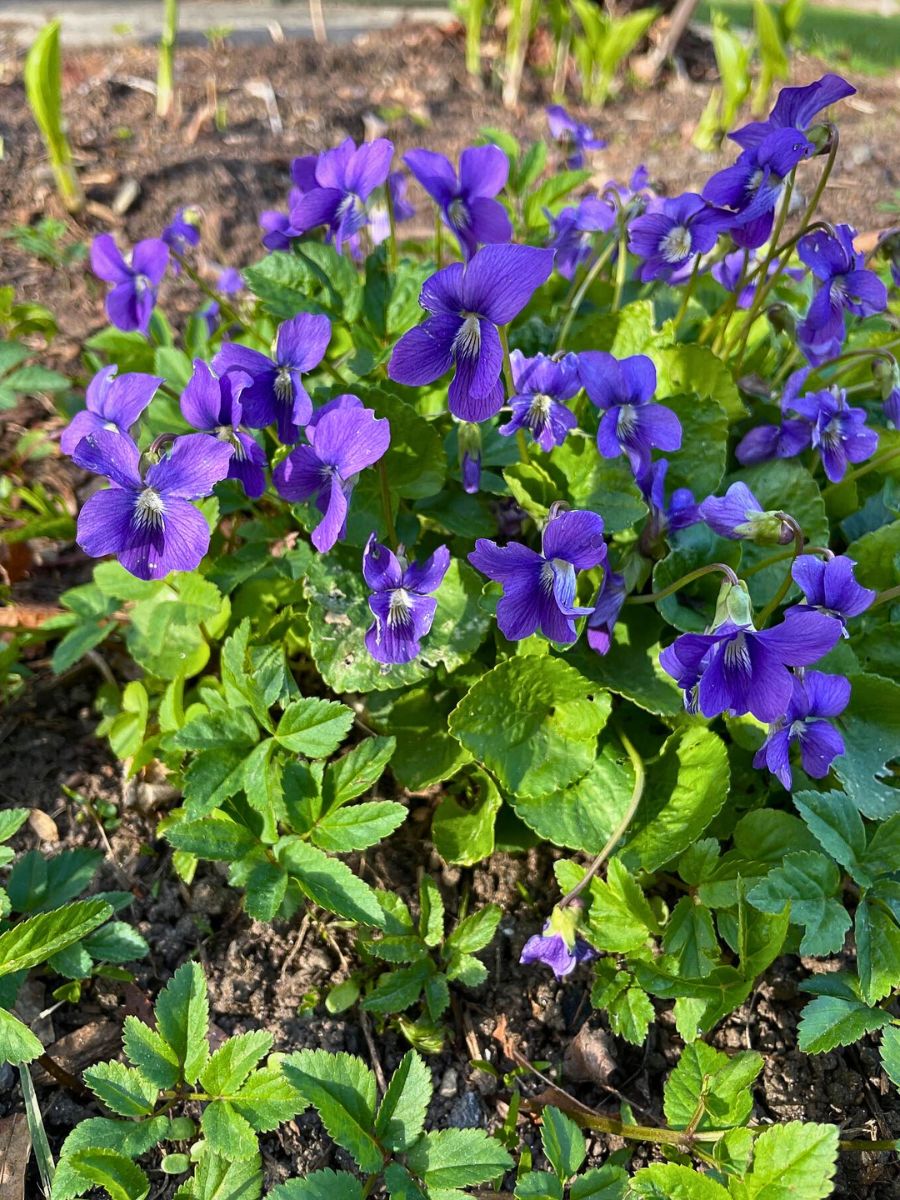
New Jersey, for instance, hosted more Revolutionary War battles than other states, earning it the nickname ‘Crossroads of the Revolution.’ The state's scientists and inventors developed myriad innovations, from the light bulb to modern pharmaceuticals. Yet it seldom seeks the spotlight, a bit like the modest violet that grows blithely under taller plants.
The violet's association with faithfulness also resonates with New Jersey's history. The state has remained faithful to its founding principles of religious tolerance and diversity since its earliest days. New Jersey welcomed diverse cultures and religions, including Quakers, Catholics, and other minorities, fostering a culture of inclusivity.
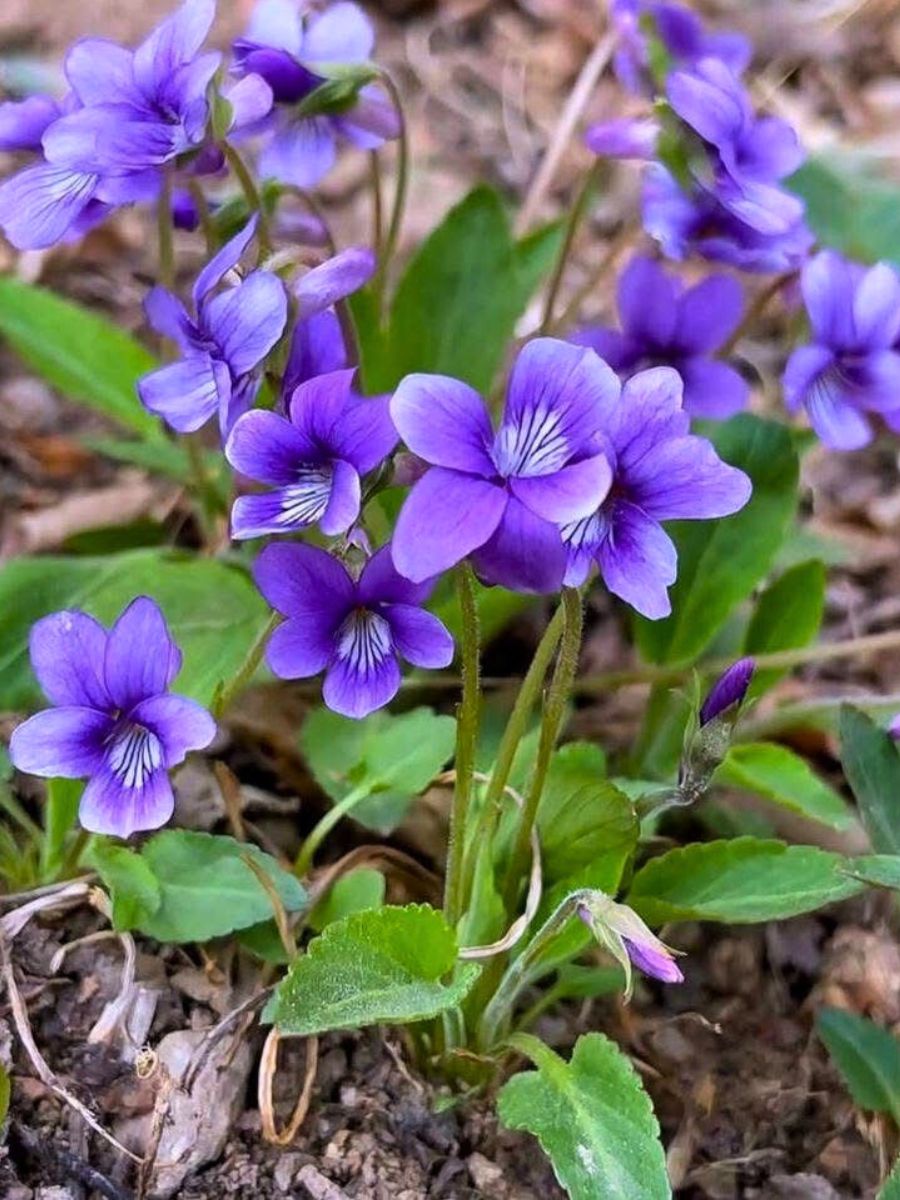
How Violets Enhance New Jersey’s Natural Landscape
During peak blooming season, purple violets carpet New Jersey's forests and fields, coexisting well with other native species and hardly overwhelming them. This growth habit makes it an ideal ground cover, stabilizing soil while allowing other plants to thrive.
The flower's low profile also means it survives where taller plants might struggle. In the dappled shade of deciduous forests, where sunlight is precious and competition fierce, the violet finds its niche. It flowers early, before the tree canopy fully develops, taking advantage of spring sunshine. By the time larger plants claim the light, the violet has already set seed and waits patiently for the next season.
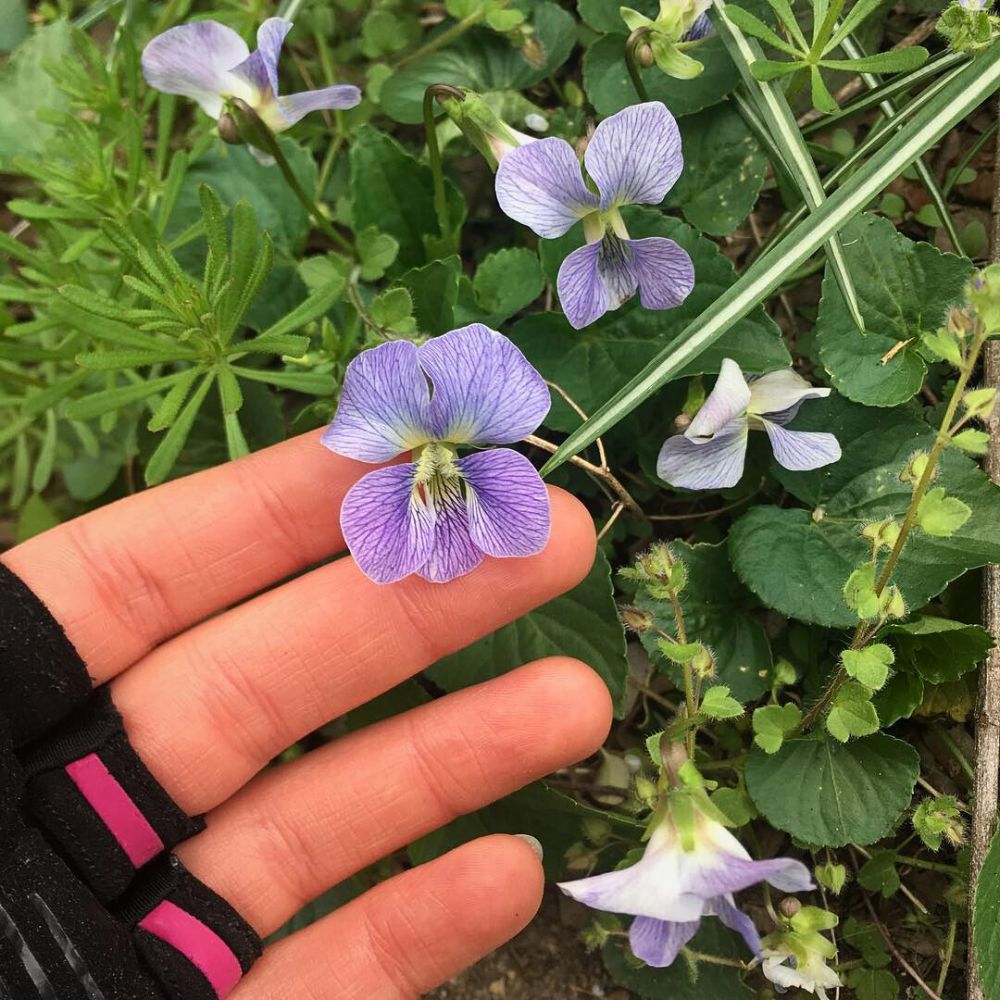
Their Contemporary Relevance
More than a century after its first official designation, the state flower of New Jersey continues to hold importance for residents. Environmental organizations promoting native plant gardening often recommend purple violets for their low maintenance requirements and wildlife benefits. Homeowners looking to reduce lawn size usually incorporate violets into naturalized areas, appreciating their ability to create green space with minimal care.
Schools across New Jersey still teach students about their state flower, maintaining the connection established when schoolchildren first voted for the violet in the early 1900s. This educational tradition helps new generations develop an appreciation for native plants and local natural history. Also, the violet appears in various official state contexts. Here, while it may not have the immediate visual impact of more showy flowers, its presence points to New Jersey's values and natural heritage.
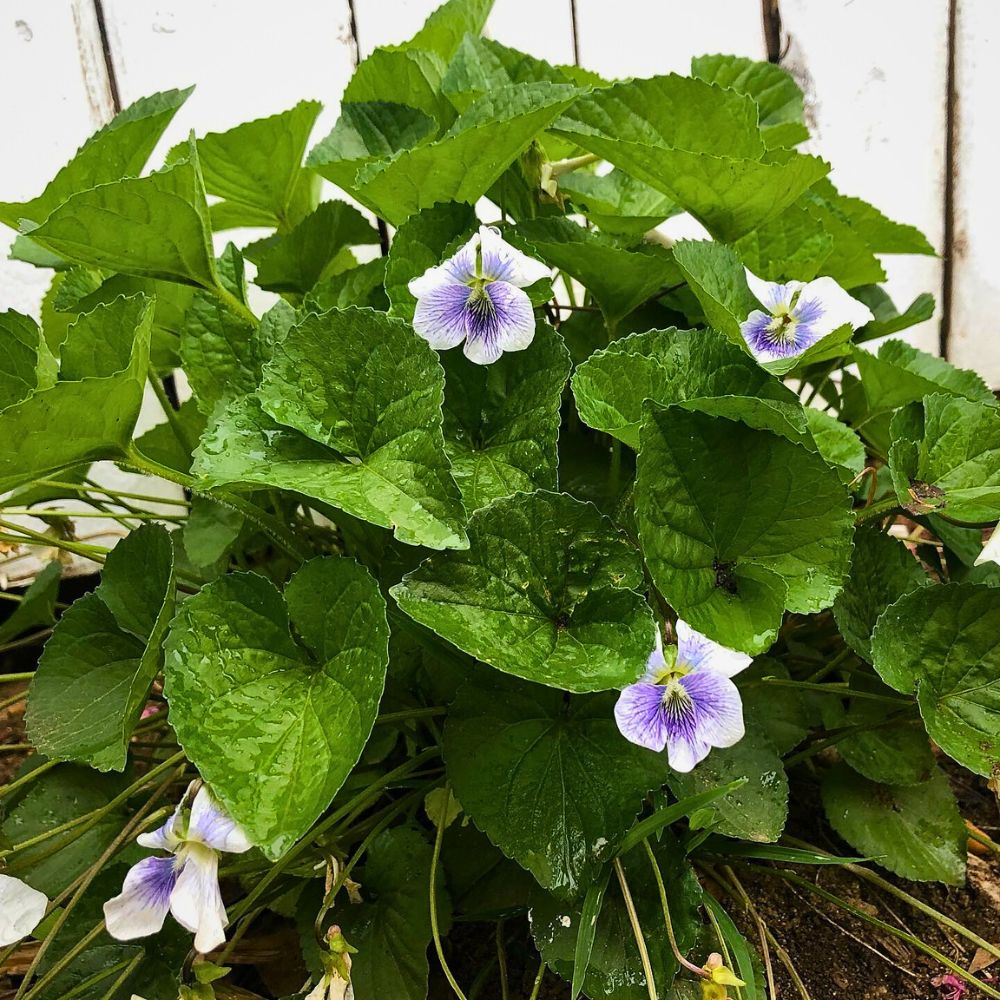
Seeking to cultivate them? Be sure to provide well-draining, moist soil with a slightly acidic pH and good organic matter content. And while violets prefer consistently wet conditions, they do not tolerate standing water either. Morning sun and afternoon shade are ideal in most settings, though violets are highly adaptable to varied light conditions.
Feature image by @helencollierbakes. Header image by Sandy Parish. Reel by @e_yanovskiy.

